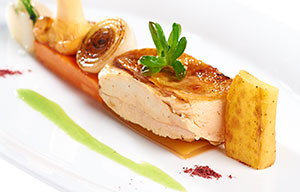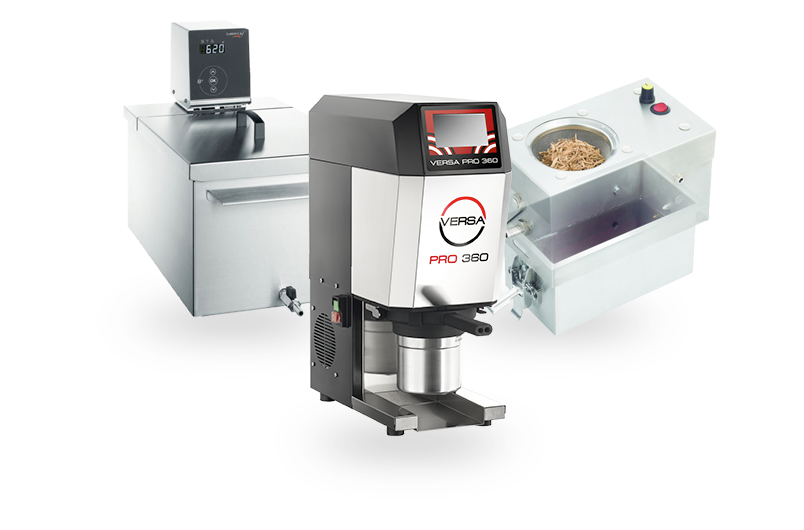Safely Sous Vide to Pasteurize while Preserving Quality
The Promise of Pasteurization
It’s a busy Friday night service, your signature dish is in high demand and the tickets keep flying. Sous vide can deliver the results—not to mention reduce your stress level—to reliably improve each prepared order so that it only needs to be finished by searing, grilling or charring, then plated… Does it sound too good to be true?
Chefs across the country are discovering how pasteurization, using a sous vide machine and scientifically backed techniques, can tremendously improve the guest experience at your restaurant. Pasteurization can be used by restaurants, caterers and commercial kitchens to extend the shelf life and safety of prepared foods. Using this “interrupted preparation system” of cooking then chilling allows chefs to cook foods perfectly in advance and simplify the finishing process for a busy night, time-critical event or large-scale service.
Time and Temperature
To be pasteurized, the food needs to be heated sufficiently to have destroyed 99.9999 percent of any existing bacteria. There are many ways to accomplish this level of processing, also known as known as 70/2 or a 7.0 log10 reduction; one conventional standard calls for the slowest heating part of the food to be exposed to a combination of temperature and time equivalent to 158°F for 2 minutes but, like the creation of a diamond, the pasteurization process is the result of two environmental factors, in this case, time and temperature, working with one another.
Lower temperatures can be used if exposure times are increased. This not only safely pasteurizes foods but also keeps them moist, tender and even infused with added flavor.
Pasteurize Now, Present Later
During sous vide cooking, ingredients are vacuum sealed into food-safe plastic bags and cooked using low temperature/longer time techniques. This helps seal in flavor and juices while making prepared foods easy to transport, store and handle all without being touched or making contact with sources of cross-contamination.
 Of course, for pasteurization to be as safe as possible, basic food preparation standards must be met. Suggested time and temperature requirements for a variety of foods can be found through simple research (www.fsis.usda.gov) and used as the critical limits for a HACCP plan. The facility must also be using a high-quality vacuum sealer and commercial cooker with an adequate heating capacity and precise temperature control, then verify the water and/or food temperatures using an accurate tip sensitive digital thermometer. Assuming this and all other safety guidelines are followed, pasteurized sous vide foods can be kept in refrigerated storage up to seven days and frozen for six months or longer.
Of course, for pasteurization to be as safe as possible, basic food preparation standards must be met. Suggested time and temperature requirements for a variety of foods can be found through simple research (www.fsis.usda.gov) and used as the critical limits for a HACCP plan. The facility must also be using a high-quality vacuum sealer and commercial cooker with an adequate heating capacity and precise temperature control, then verify the water and/or food temperatures using an accurate tip sensitive digital thermometer. Assuming this and all other safety guidelines are followed, pasteurized sous vide foods can be kept in refrigerated storage up to seven days and frozen for six months or longer.
Reheat When Ready
Reheat foods cooked using sous vide with the same level of precision. The water bath must be at a temperature equal to or below the target doneness temperature of the food to prevent overcooking but with-in safe limits. Reheating takes about 45 minutes per inch of thickness plus 30 minutes if the food was frozen. Once brought to temperature the food can be seared, seasoned, charred, sauced or smoked if desired and served with ease.
Simplify your service; Contact us today and tell us about the challenges posed by your best-selling dishes. Then let us provide you with information on how having the right sous vide equipment can help improve the efficiency and consistency of their preparation.

